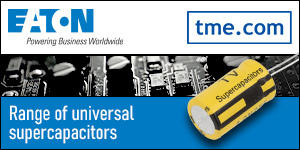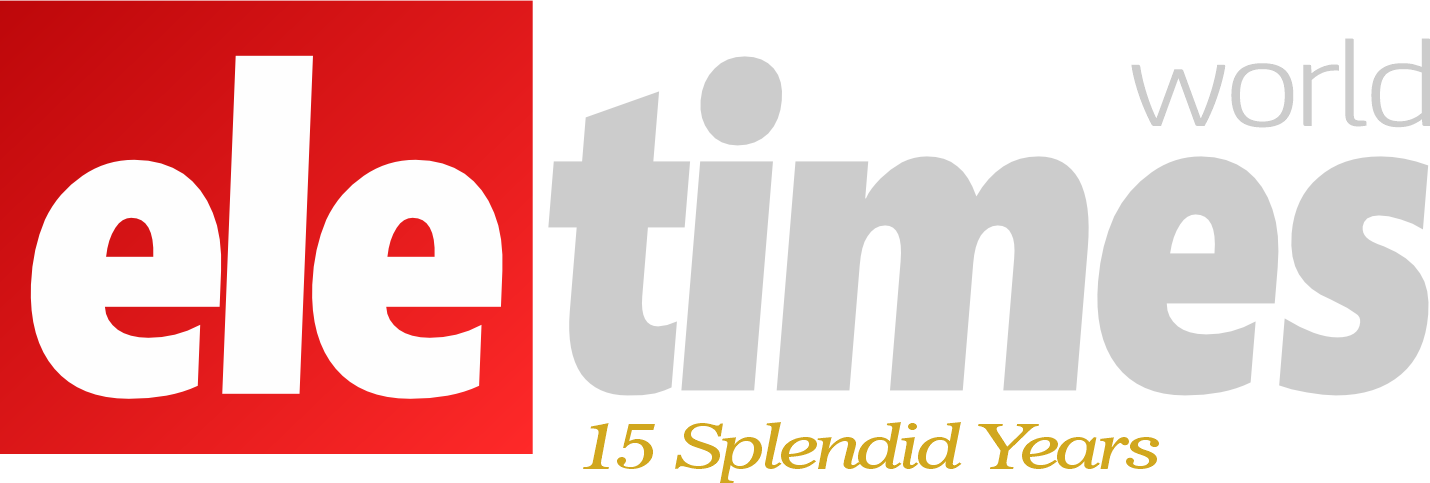Courtesy: Microchip
Communications network operators who are struggling to support legacy SSU and BITS systems can now migrate to a newer platform that supports E1/T1/CC critical timing services as well as next-generation network-based timing services using PTP, NTP and Synchronous Ethernet.
The Importance of Timing Connections
In today’s rapidly evolving telecommunications landscape, maintaining precise and reliable timing is crucial for the seamless operation of central office environments. Timing connections that support synchronization, timing or timestamps related to signaling information are critical. Even something as simple as NTP timing services for credit card transactions is vital.
Transitioning to Modern Platforms
Now is the time to migrate from legacy Synchronization Supply Units (SSU) and Building Integrated Timing Supply (BITS) technologies to newer platforms. These modern platforms support next-generation network-based timing services using PTP, NTP and Synchronous Ethernet as well as legacy SONET/SDH TDM synchronization.
Traditional SSU and BITS timing equipment is becoming outdated and reaching end-of-life, posing significant challenges for maintaining reliable timing services. The TimeProvider 4×00 and TimeProvider XT Extension System addresses these challenges by providing advanced timing capabilities and supporting next-generation network-based timing services. Below are several use cases outlining the value of migrating legacy synchronization to a modern platform.
Use Cases
Use Case 1: Enhancing Holdover Capabilities
In this use case, the TimeProvider 4×00 system with dual time provider oscillators serves as the holdover oscillators for the SSU or BITS clock application. We remove the oscillators in the SSU/BITS shelf and we drive the outputs directly from the inputs. This approach is cost-effective and ensures resiliency, as many older oscillators are expensive to repair and often no longer available. The holdover hierarchy, supported by Rubidium atomic clock oscillators, meets Stratum one and G.811 requirements for synchronous Ethernet use cases. This adds holdover capability as well as next generation packet-based timing services to your offices with a very low cost and a way to ensure resiliency moving into the future. (see figure 1)
Figure 1

Use Case 2 + 2: PTP Timing Services with APTS Flow
The Model 2 + 2 use case demonstrates the use of PTP timing services with APTS flow between two locations (e.g., central offices or mobile switching offices) A and B. This setup allows for a PTP APTS flow from location A to B and vice versa. With only one antenna per location, if a GNSS antenna fails, location A can back up location B and vice versa. By implementing this model, customers can build confidence in PTP/APTS technology and prepare for future PTP use cases. (see Figure 2)
Figure 2

Use Case 3: Overlay of Legacy Systems
The TimeProvider 4×00 and TimeProvider XT Expansion Shelf can be used to overlay legacy SSU and BITS platforms. Many of our customers have extremely old DCD or SSU and BITS platforms in place that are no longer reliable and near end of life. So, it is in the best interest of our customers to migrate the critical timing services in an office that supports signaling, transmission or high volumes of network services over to a more modern reliable platform like the Time Provider 4×00 and XT extension. (see Figure 3)
Figure 3

Use Case 4: Replacing Legacy SSU BITS Products
The final use case involves completely replacing legacy SSU BITS equipment with a TimeProvider grandmaster and XT Extension shelves that support legacy outputs. This approach is beneficial for several reasons:
- Older products are often at the end of their lifecycle.
- Customers may not need the high number of outputs provided by older platforms.
- Modern platforms consume less power, reducing overall power consumption.
- High replacement and repair costs for end-of-life SSU and BITS platforms can be avoided.
Moving to a more modern, reliable platform can actually save money in the long term related to repairs and end of life scenarios. Additionally, replacing legacy systems can help clean up office wiring issues, providing a more organized and efficient setup. (see Figure 4)
Figure 4

High Level Procedure for Upgrading the Office SSU to a New TimeProvider 4×00 Grandmaster With XT Extension System
The good news is that it is very easy to replace a legacy office SSU/BITS with a new TimeProvider 4×00 grandmaster and XT extension. Each XT shelf has 40 individually configurable E1/T1/CC outputs, and up to five shelves can be connected, providing 200 outputs per system. This solution is backwards compatible; legacy wirewrap and patch output panels can be left in place. During a service window, simply disconnect the cable from the SSU/BITS equipment and attach it to TimeProvider XT shelf (see Figure 5).
Figure 5


Below is a simplified five-step process to replace a legacy SSU/BITS with a new TimeProvider 4×00 grandmaster and TimeProvider XT shelf fan-out.
- Install and configure the TimeProvider 4×00 grandmaster clock and XT shelve(s) in the rack near the legacy SSU/BITS.
- Install and connect the new rooftop antenna for the TimeProvider 4×00 system. Note: that the TimeProvider 4×00 system is not compatible with the legacy SSU antenna electronics.
- Confirm that the TimeProvider 4×00 system with XT shelves are fully locked to GNSS and alarm free.
- Schedule maintenance window time to disconnect output panels from the legacy BITS/SSU and reconnect them to the TimeProvider XT shelves. Or, network elements can be moved individually from the SSU/BITs equipment to the XT shelves.
- The BITS/SSU systems will switch to backup references or enter holdover with associated alarms when the legacy SSU/BITS is disconnected. Confirm that the XT shelves E1/T1/CC outputs are functioning, and all alarms have cleared.
Microchip has developed detailed procedures for exact equipment replacement scenarios. Please contact your Microchip representative for examples of detailed procedures.
TimeProvider 4×00 Grandmaster Overview and Comparison to a Legacy SSU/BITS
Table 1 provides a full side by side comparison of the TimeProvider 4×00 grandmaster with XT Expansion Shelf to a legacy SSU 2000/2000e. Figure 6 is an overview of the TimeProvider XT Extension Shelf.
Table 1. Legacy SSU/BITS vs. TimeProvider 4×00 with XT extension shelf
| Functionality | DCD, SSU 2000/2000e, TP1x00, TSG-3800, TimeHub | TimeProvider 4×00 Grandmaster and XT shelf |
| Node clocks in synchronization networks ITU-T G.812 | Yes | Yes |
| Composite clock ITU G.703 | Yes | Yes |
| Input filtering of wander and jitter ITU-T G.824 | Yes | Yes |
| PRTC ITU-T G.8272 | Yes (PRTC-A and PRTC-B) | |
| ePRTC ITU-T G.8272.1 | Yes (when deployed with a collocated cesium standard ePRC clock) | |
| GNSS | GPS only | Full GNSS (GPS, Galileo, GLONASS, Beidou, QZSS, NaviC user selectable) and multi-band L1/L2/E5B/L5 support |
| BlueSky GNSS spoofing and jamming protection | Yes | |
| T1/E1/CC outputs | Yes | Yes |
| NTPr v4 and v6 with MD5 security | Yes | |
| IEEE 1588 PTP | Yes (input and output) | |
| SyncE ITU-T G.8261 | Yes |
Figure 6

The TimeProvider 4×00 and TimeProvider XT Expansion Shelf is a powerful solution for protecting and enhancing critical timing applications in central office environments. By migrating from outdated SSU and BITS technologies to modern platforms that support PTP, NTP and synchronous Ethernet, organizations can ensure the accuracy and reliability of their timing infrastructure. The use cases presented here demonstrate the versatility and benefits of the TimeProvider XT Extension Shelf, making it an essential component for any central office looking to future-proof its timing services.
Migrate your critical services timing needs to a new modern platform that can serve your existing and future requirements as you evolve your timing and network infrastructure.








